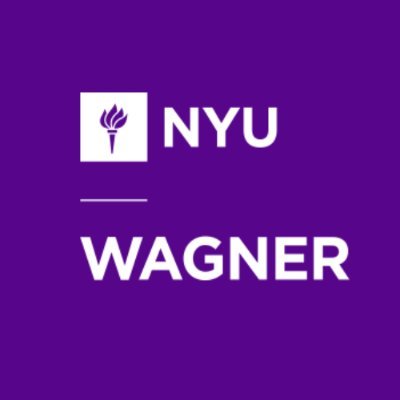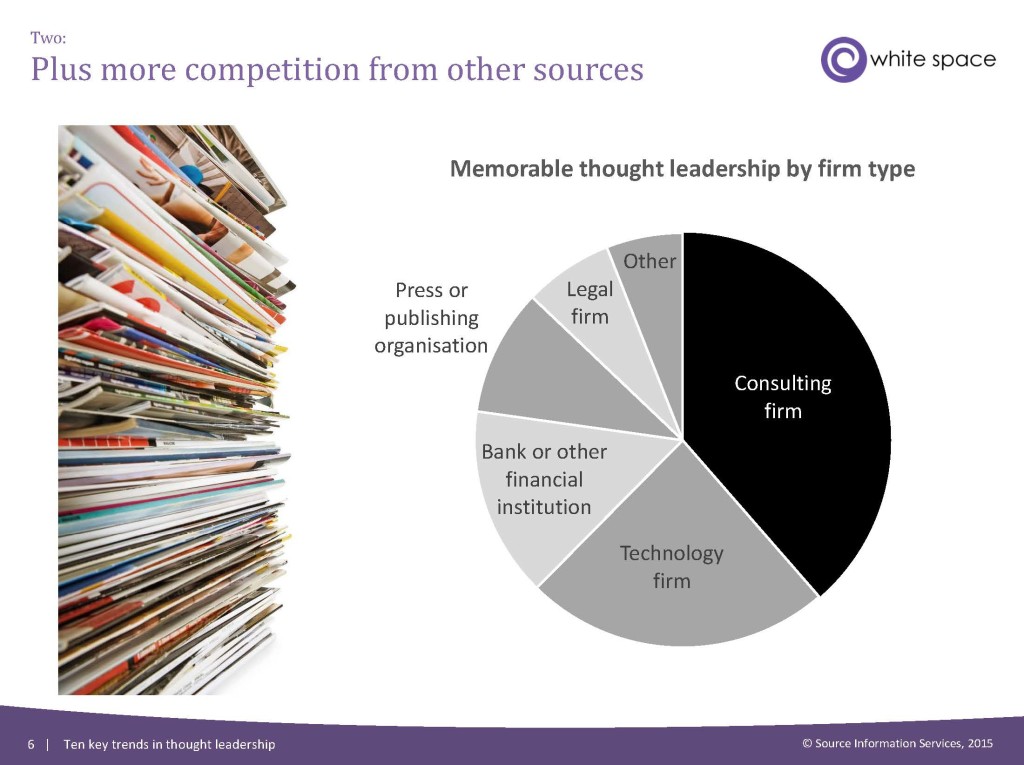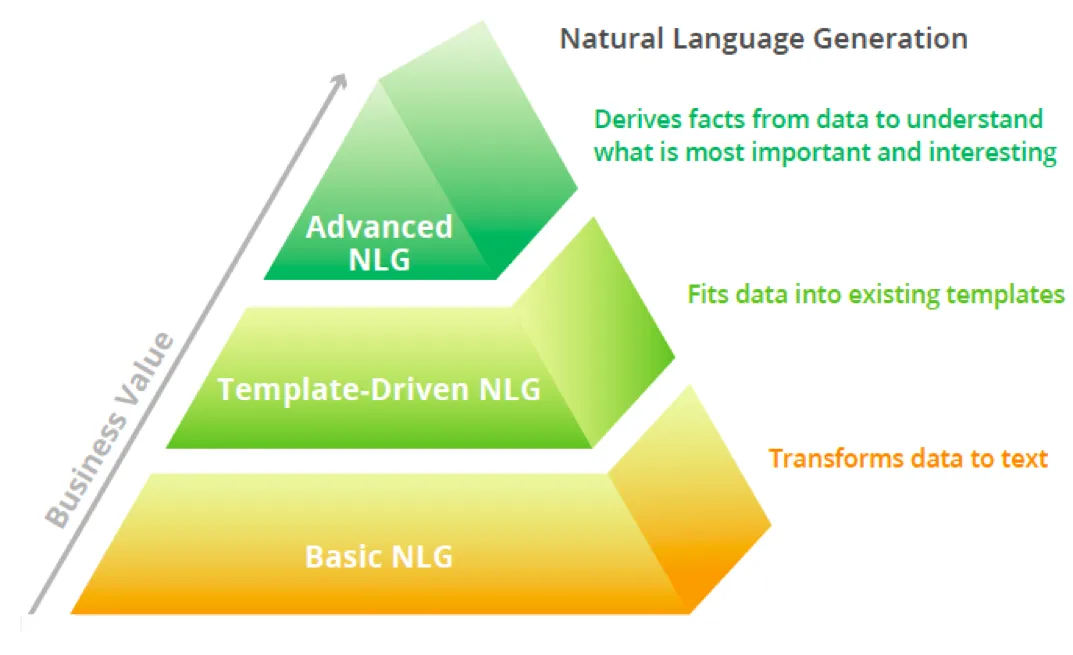Speakers at “From Confrontation to Collaboration”, a panel sponsored by the NYU Urban Planning Student Association and the New York Chapter of the American Planning Association, talked about partnerships between community organizations, developers and the government. They told stories about the terrible ’80s and successes under the Bloomberg Administration. The speakers explained why collaboration often doesn’t occur and tips about how to effectively collaborate.
For someone who has taken an urban planning or public policy course, engaging the residents, the stakeholders, of the neighborhood is common sense. We have heard endless stories of projects and investments that failed because a developer didn’t care about the locals or was too arrogant or lazy to talk to them. This failure of communication often results in residents complaining to politicians, protesting in the streets and media attention. Even more significantly, it can result in lawsuits that delay or even cancel construction. Since this is such a nasty outcome, it is “common sense” to seek to avoid this. Why do so many people lack “common sense?”
Marcia Kesner of New York Visions blames reluctance among developers and government to share information. She blames everyone’s lack of time and a general unwillingness to listen to each other and to compromise. Richard Kahan of the Urban Assembly spoke about how the poor communities he worked with in the Bronx to had difficulty finding time and money to participate in civic processes.
Representatives from prosperous neighborhoods in Manhattan and Brooklyn talked about success collaboration with developers and local government. Ed Ruben talked about how his board on the East Side was practical, got all their facts and wasn’t “knee-jerkily” opposed to development. He also talked about the credibility the board has due to its institutional history and ability to create consensus among local residents, single issue advocacy groups and others. Jerry Armer of Community Board 6 in Brooklyn spoke about the successful rezoning of Park Slope, plans for IKEA and the Ratner stadium development plan. Armer also works for the Metrotech BID. I greatly admire panelist Winston Von Engel’s work in his role of Deputy Director of City Planning in Brooklyn. The rezoning efforts in Downtown Brooklyn inspired an entrepreneurial project I started in 2002.
Armer complained that sometimes government folks think they “know best.” While he didn’t link this attitude directly to the Ratner stadium, I do. From what I heard, since the public funding is coming from the state, the much praised ULURP process has been usurped in the Ratner project and a special Community Benefit Agreement (CBA) has been drawn up. Unfortunately, the panelists expressed concern that there has been a checkered history nationwide of CBAs having “no teeth.”
Kahan used to run the New York State Urban Development Corporation and invoked the need for state and federal involvement to steer policy towards more regional solutions that might be stalled by parochial or NIMBY issues. He didn’t seem to have any quibbles about state power overriding local laws. In response to one of my questions, Kahan denied that this necessarily creates the danger of “government knowing best.” He then recited a quick litany of best practices that state planning officials use to engage local communities in all of their projects. My concern is that this puts too much reliance on government competence rather than a tried and true local democratic process like ULURP.



